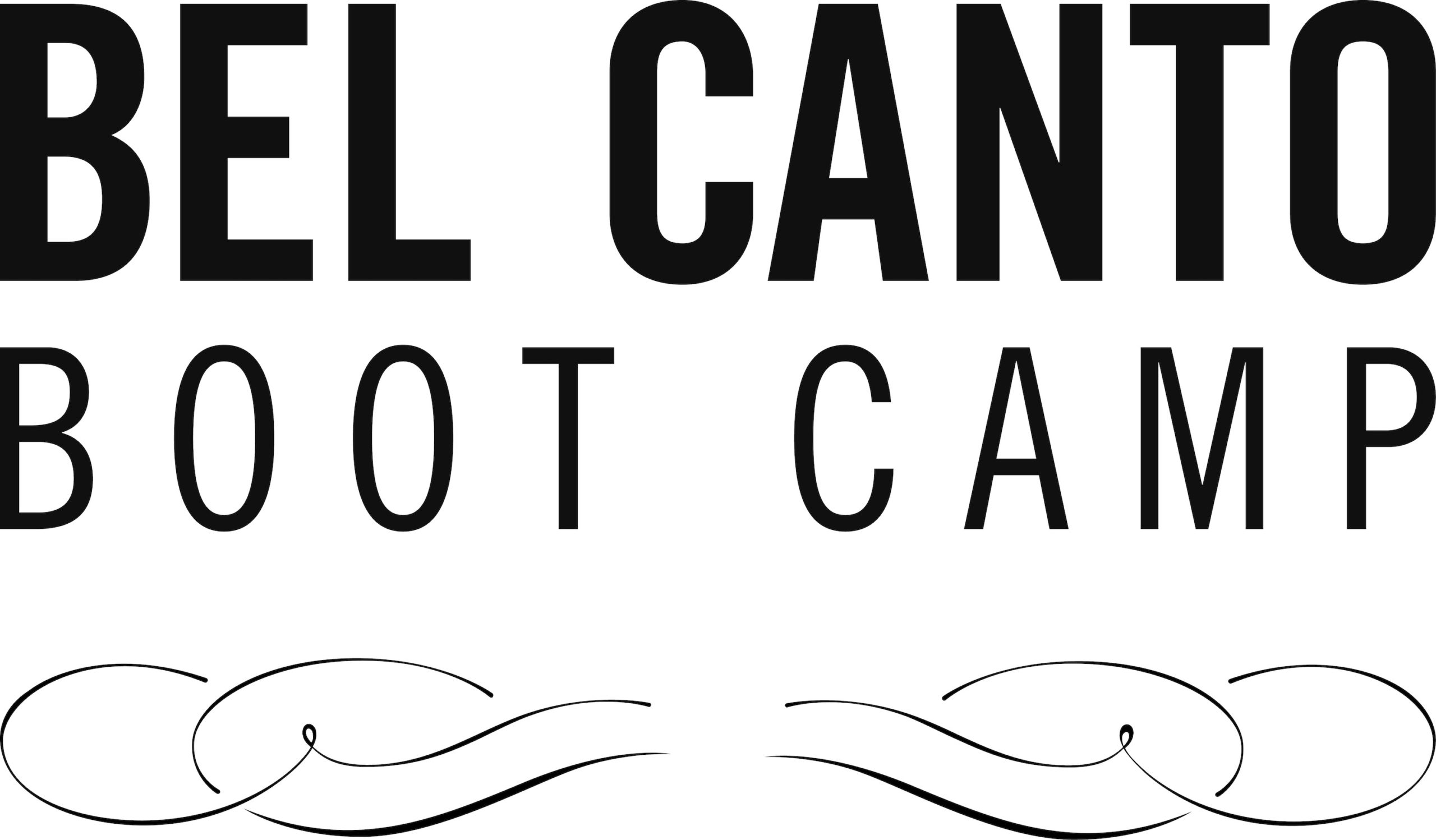Martha Feldman. The Castrato: Reflections on Natures and Kinds. University of California Press, 2015.
There is so much to recommend about Martha Feldman’s The Castrato: Reflections on Natures and Kinds, but one particular observation stands out for me. We cannot know precisely what the castrati sounded like, especially not the great ones. Oh, for the chance to hear the great Farinelli just once! Like me, your music history classes any mention of the castrati was accompanied by caricatures exaggerating their appearance and listening to one recording of a castrato singer: that of Alessandro Moreschi singing the Bach/Gounod “Ave Maria.â€
That recording is taken from 24 recordings made in 1902 and 1904, some solos and some ensemble numbers with fellow Vatican Choristers.
Such unique auditory evidence might well be treated like Homeric fragments, yet the recordings are often dismissed as useless romantic artifacts of the Roman church by a singer said to have been past his prime. Why not imagine them instead as an aural palimpsest, the scraped and funneled parchments of an acoustic past, much like fragmentary parchments of Beneventan chant or Notre Dame polyphony? Will Crutchfield has shown how crucial it is to attend to early phonographic recordings that preserve ornamentation practices proximate to Verdi’s time and before and has argued passionately for the priority of early recordings to understand nineteenth-century singing generally. John Potter has shown the value of recorded evidence for understanding the transmission of eighteenth- and nineteenth-century portamento practices into the early twentieth century. In that spirit I marshal Moreschi’s recorded voice as a serious part of the evidentiary package for accessing a material, physiological voice, however mediated. What exactly the evidentiary package consists of and whether Moreschi’s singing can be understood as a “living sample†of a castrato “vocal vernacular,†perhaps a meaningful link in a historical tradition, are the remains that haunt such a project. Â
p. 81
Feldman proposes an experiment, one I have never heard of before. She posits that in order to hear Moreschi fairly, we must accustom our ears to the sound of sopranos recorded in the pre-electric era. Acoustical recordings can take some getting used to as there are limitations in the overtones in the sound. If you have been joining in our Sunday afternoon Audiophile Society hosted by Steven Tharp, you have heard some examples of these recordings. (If you have not been joining us, the archive can be found here.)
Feldman provides a list of turn-of-the-century sopranos who recorded the same piece recorded similarly to the recording featuring Moreschi. Listen to each of these to accustom year ear to the sound. Much of what we are likely go find off-putting about Moreschi’s voice on first hearing is found in all these recordings. The sound is often straight, white and at times shrill. How much of that is the singing and how much is the technology?
Nellie Melba (1904) https://www.youtube.com/watch?v=GRWiUGYztwE
Adelina Patti (1905) https://www.youtube.com/watch?v=0xJxw-j1i0c
Emma Eames (1906) https://www.youtube.com/watch?v=beC9w–qJTw
Each is unique, yet all differ from modern singers in using relatively lush portamento, some virtually vibratoless white notes, and a relatively focused sound—what Italians call a filo (thread or thin stream of breath), marked to quite varying degrees of intermittent guttural effects. All seem to take the chest voice higher than modern sopranos do, and all therefore have more in common with each other in terms of vocal production that they have with the vocal production and stylistic leanings of present-day singers (and probably with most singers up until at least the 1930s….
p. 84
Now that your ear has become acclimated to hearing tremble voices recorded using this technology, give Alessandro Moreschi a hearing with newly attuned ears.
Alessandro Moreschi (1904) https://www.youtube.com/watch?v=KLjvfqnD0ws
Yes, it is different in some respects, but nearly so much as it is from the soprano voices, we hear live or in modern recordings. It is just an informative experiment, and I must admit that I am a bit embarrassed not to have thought of it myself. I will certainly introduce this recording to students this way from now on.
Note: Feldman’s discussion of chest voice usage among these sopranos as well as what we know of castrati registration will be of great interest to Boot Campers. Yet another reason to recommend this book!
